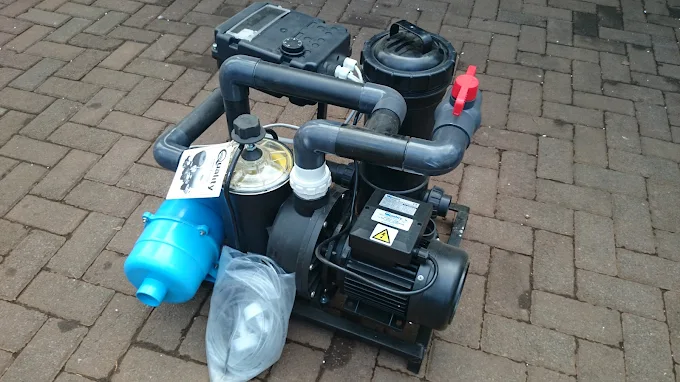
Access to quality education is a fundamental human right, yet millions of children and adults face immense obstacles that prevent them from attending school or continuing their studies. Understanding and addressing these global educational barriers is essential to creating a more equitable and prosperous world. Prestigious programs like the Oxford Summer School demonstrate how access to high-quality education can transform futures, but many are still denied even basic schooling.
1. Poverty: The Root Cause of Educational Inequality
Poverty remains the single most significant barrier to education globally. Children from low-income families are often forced to work, care for siblings, or face malnutrition—all of which hinder school attendance and academic performance. In regions like Sub-Saharan Africa and South Asia, families must often choose between survival and schooling.
Key Impacts of Poverty on Education:
2. Gender Inequality: Girls Left Behind
Despite global progress, gender-based disparities persist, particularly in rural and conservative societies. Girls are often denied education due to traditional roles, early marriages, and safety concerns.
Data Snapshot:
- UNESCO reports that over 129 million girls are out of school globally.
- In conflict zones, girls are 2.5 times more likely to be out of school than boys.
Critical Interventions:
- Safe transportation and gender-sensitive infrastructure
- Awareness campaigns and community engagement
- Legal reforms to ban child marriage
3. Conflict and War: Education in Crisis
Armed conflict displaces families, destroys schools, and disrupts educational systems. Refugee and internally displaced children often spend years without access to consistent schooling.
Examples:
- Syria and Afghanistan have seen entire school systems collapse.
- More than 35 million children are estimated to be out of school due to conflict-related displacement.
Solutions:
- Mobile classrooms in refugee camps
- Trauma-informed teaching for conflict-affected youth
- International funding for education in emergency settings
4. Lack of Infrastructure and Facilities
In many developing nations, students attend school in buildings with no electricity, toilets, or proper ventilation. Overcrowded classrooms and lack of learning materials significantly impair the quality of education.
Common Issues:
- Schools without libraries, science labs, or computers
- Teachers managing over 60 students in one class
- Unsafe or collapsed buildings during rainy seasons
Improvement Strategies:
- Investment in infrastructure through public-private partnerships
- Community-led school maintenance programs
- Solar energy and digital learning kits for remote areas
5. Shortage of Trained Teachers
A well-trained teacher is the cornerstone of quality education, yet many regions suffer from chronic teacher shortages. Unqualified or underpaid teachers result in poor learning outcomes.
UNESCO estimates:
- 69 million new teachers are needed to achieve universal education by 2030.
Key Actions:
- Enhanced teacher training programs
- Fair wages and incentives for rural postings
- Digital upskilling through online professional development
6. Child Labor: School Replaced by Work
According to the International Labour Organization, 160 million children are engaged in child labor globally. These children often work in agriculture, mining, or domestic service, missing out on vital educational opportunities.
Key Drivers:
- Household poverty
- Weak enforcement of child protection laws
- Cultural normalization of child labor
What Works:
- Conditional cash transfer programs
- Legislation with robust enforcement
- Vocational training integrated with education
7. Language Barriers in Multilingual Societies
In countries with multiple languages, many students face the challenge of learning in a language they don’t speak at home. This creates confusion, low confidence, and high dropout rates.
Notable Regions:
- India, Nigeria, and Ethiopia, where hundreds of languages coexist
Recommended Approaches:
- Bilingual education models
- Mother-tongue instruction in early grades
- Teacher training in multilingual pedagogy
8. Disability and Lack of Inclusive Education
Children with disabilities are often excluded from mainstream education due to stigma, inaccessible facilities, or lack of special support services.
Statistics:
- Less than 10% of disabled children in low-income countries attend school.
Inclusive Education Solutions:
- Adaptive learning materials and assistive technologies
- Teacher training on inclusive practices
- National policies mandating accessibility
9. High Cost of Education
While public education is supposed to be free in many countries, hidden costs—such as uniforms, transportation, and examination fees create barriers for low-income families.
Common Hidden Costs:
- PTA contributions
- Extra tutoring fees
- Textbooks not provided by schools
Financial Interventions:
- Scholarships and bursaries
- Elimination of non-essential school fees
- Free meal programs to offset family burdens
Participation in enrichment programs like the Oxford Summer School remains out of reach for most underprivileged students, highlighting the urgent need for more inclusive scholarship opportunities that give bright minds a fair chance, regardless of their financial background.
10. Cultural and Religious Norms
In certain communities, cultural or religious beliefs may discourage formal education, especially for girls. Others prioritize religious education over secular schooling.
Examples:
- Resistance to Western-style education in rural Afghanistan
- Preference for religious madrasas over government schools in parts of Pakistan
Balancing Solutions:
- Community sensitization and dialogue
- Integrated curricula that respect cultural values
- Government endorsement of hybrid models
Final Thoughts: A Call to Collective Action
Solving the education crisis requires a global commitment from governments, NGOs, educators, and communities. Investment, innovation, and inclusive policy-making must work in tandem to eliminate these barriers and ensure that no child is left behind.
Programs like the Oxford Summer School exemplify the heights that students can reach when given the opportunity. But these opportunities must not be limited to the privileged few. We must scale access to quality education across all levels foundational, secondary, and advanced—so every learner, regardless of background, can thrive.





